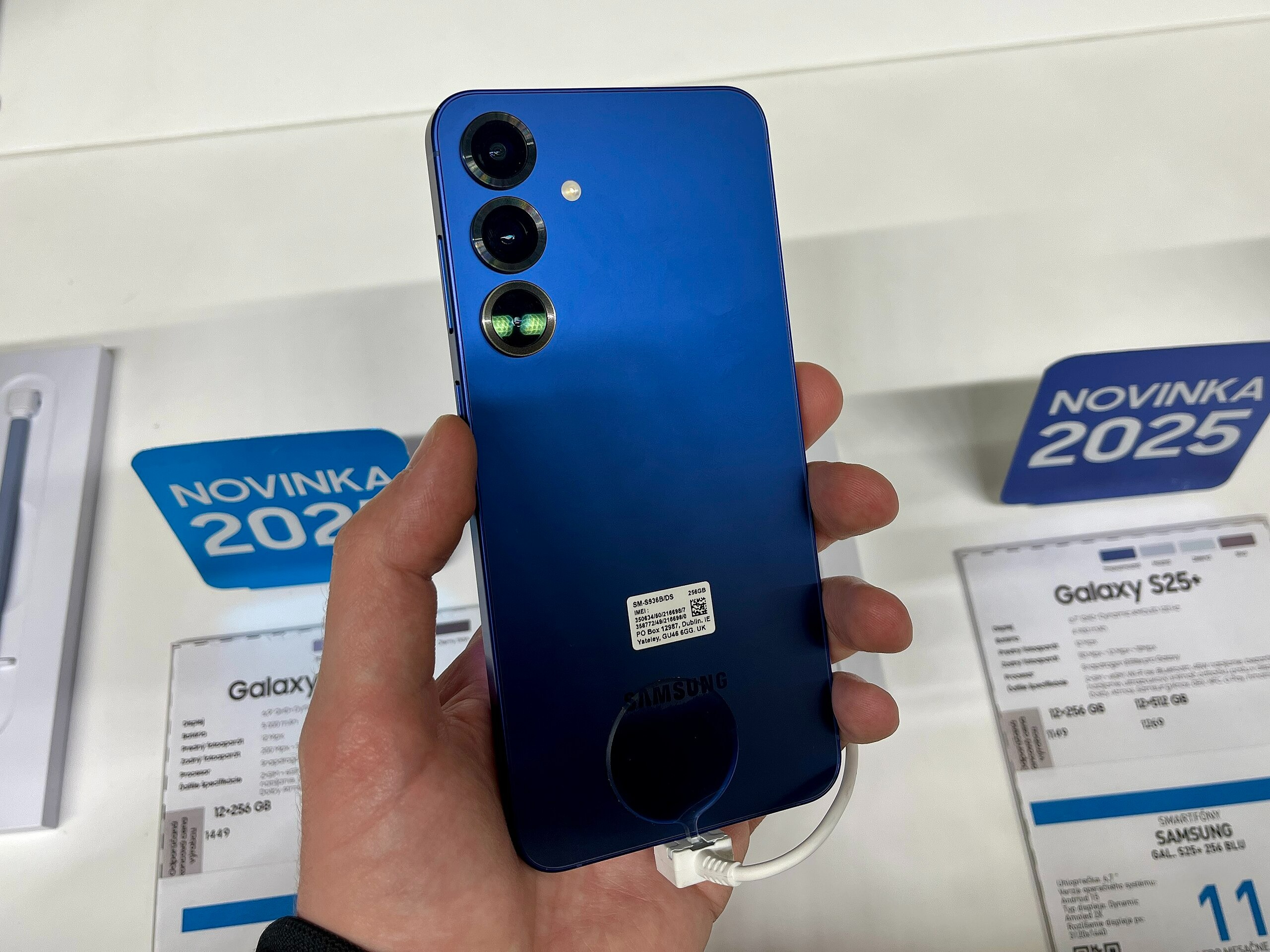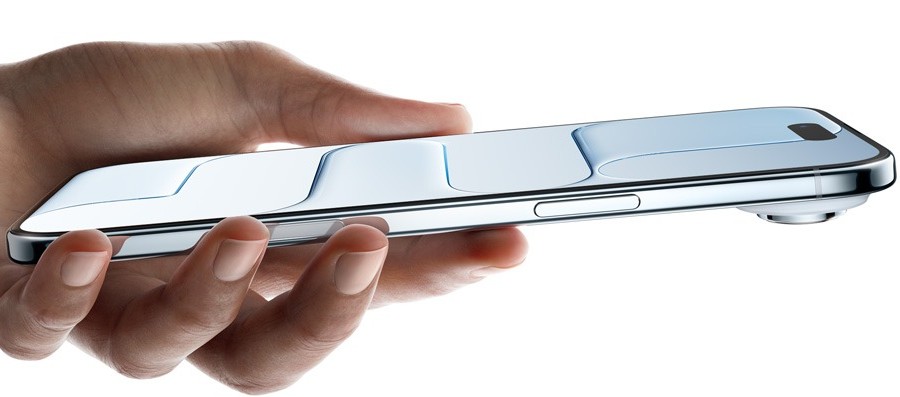Technology has changed faster than software updates—and that’s saying something. Over the last half-century, what was once sci-fi is now reality. From heated toilet seats to gaming consoles, our lives have been invaded by conveniences we didn’t even dream of back in the mid-1970s. Look at how far we’ve come.
24. Heated toilet seats

Even your bathroom throne deserves a royal upgrade.
The toilet—a throne fit for a king, or at least someone who doesn’t want their butt to hibernate mid-business. Toto, the Japanese overlord of porcelain, popularized these butt-warmers in the 1980s, proving that some luxuries are indeed necessities. Not just a comfort play, many models come with a bidet function to give you that “exceptionally clean” feeling, which may have you side-eyeing toilet paper forevermore.
It’s 3 a.m. and you’re half-zombie, navigating to the bathroom. No one wants to sit on an icy surprise! It’s like Mother Nature giving you the cold shoulder—literally. Today, the heated toilet seat isn’t just bougie; it’s a reminder that sometimes, the smallest luxuries make the biggest difference, turning every bathroom into a spa experience.
23. Dual flush toilet

Two buttons, one planet-saving mission.
You could save in excess of 32,000 L (8,453 gallons) of water per household per year—that’s like having your own personal lake evaporate annually. Aussie inventor Bruce Thompson overhauled the flushing game around 1980, championing environmental responsibility one toilet bowl at a time. Instead of the old “one size fits all” approach to flushing, dual flush systems offer 2 options: a polite courtesy flush for liquid waste and a more assertive flush for solids.
Consider facing the porcelain throne after a light green tea versus a heavy burrito. Dual flush lets you choose the appropriate level of water power. Buttons are more popular than dual handles, because who wants to feel like they’re launching a rocket every time nature calls? So next time you’re in the market for a new throne, consider saving the planet—one flush at a time.
22. Motion activated nightlights

Your midnight bathroom trips just got a high-tech butler.
Parents and kids can now rest easier thanks to motion-activated nightlights, a tech innovation that didn’t exist half a century ago. These aren’t your grandma’s nightlights—the always-on, electricity-sucking relics of the past. A couple of bright sparks, Brian H. Musgrove and Clifford J. Susi, patented a better idea in 2006: lights that sense movement, switching on only when needed.
A little kid freaks out over monsters under the bed. Instead of Mom or Dad having to leave the hall light on all night—wasting electricity and future college funds—a motion-activated nightlight turns on the second little Timmy rolls out of bed, scaring away shadows and easing fears. You won’t find electricity bills keeping you up at night anymore. Now that’s how you baby-proof a modern home.
21. Memory foam mattresses
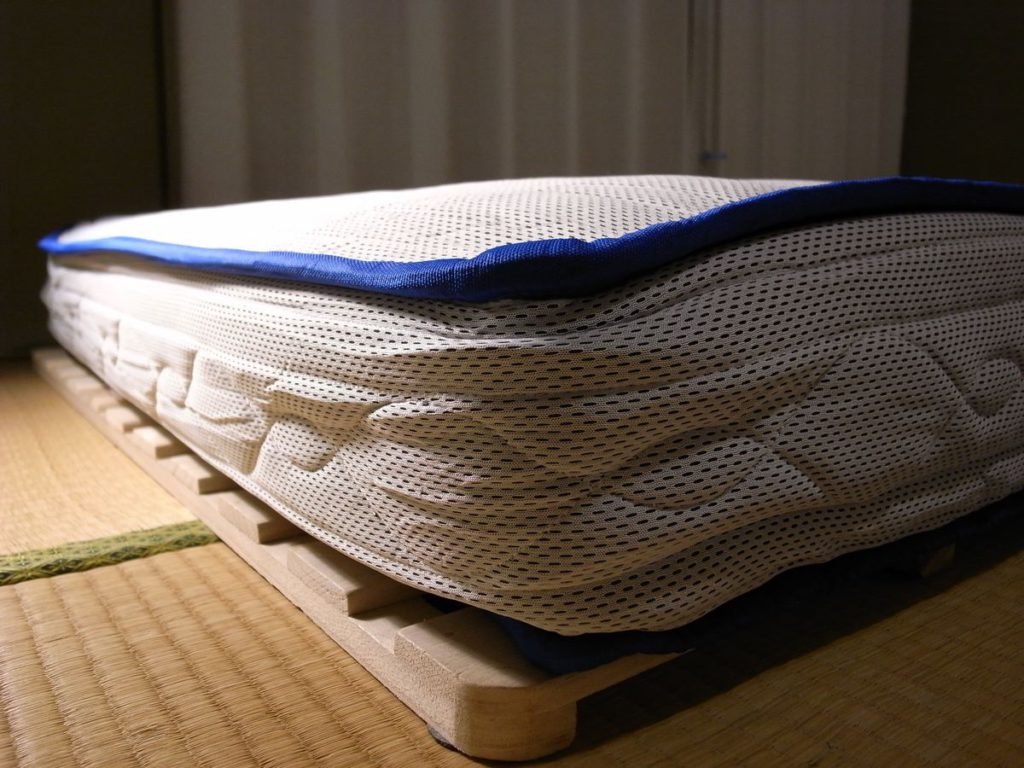
NASA-approved sleep tech finally landed in your bedroom.
NASA originally developed memory foam in the 1960s, though you probably weren’t sleeping on it back then. Searching for the Goldilocks of mattresses, not too hard, not too soft, but just right? A Swedish company, Fagerdala World Foams, under the brand name Tempur-Pedic, unleashed this space-age comfort on the masses in 1992.
This material conforms to your body, offering pressure relief that’s better than your therapist’s pep talks. Within about 3 years, they were shipping to North America, making sure we all had a shot at cloud-like sleep. While not quite teleportation, memory foam is a testament to the ongoing evolution of sleep technology.
20. Noise cancelling headphones
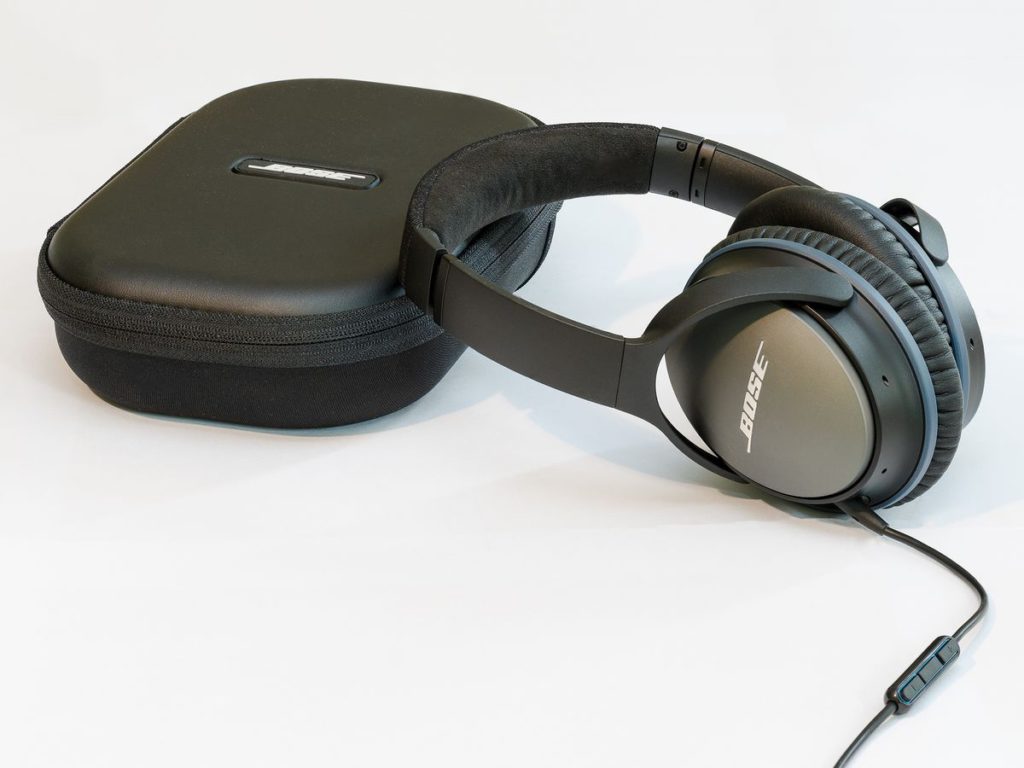
Silence became a commodity, and these are the bouncers at the club of your ears.
Silence is golden, but sometimes, you’re stuck in coach next to a screaming toddler. Noise-canceling headphones became the white knight of modern travel, after Bose caught the market gap in 1989. Originally designed as aviation headsets, those fancy ear muffs hit the NFL in 2013 and even the military in 2024, because apparently, soldiers need to zen out, too.
Now, you can grab these sonic oases in a variety of shapes, colors, sizes, and price points. Whether you’re trying to drown out your neighbor’s lawnmower or just want to pretend you can’t hear your boss, modern audio tech has got you covered. These days, silence is a commodity, and these headphones deliver it on demand.
19. Automatic drip coffee makers
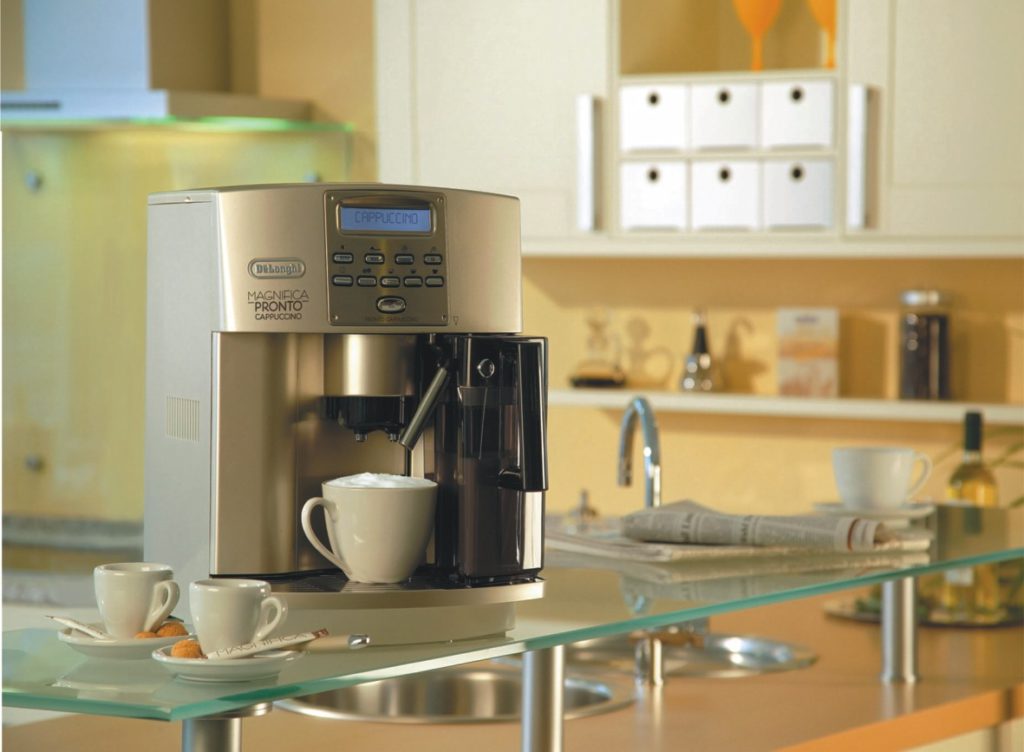
Morning routines changed faster than you can say, “But first, coffee.”
Automatic drip coffee makers hit the scene in the mid-1970s, transforming bleary-eyed mornings forever. Before this, folks wrestled with percolators, babysitting the process lest they end up with something tasting like liquid charcoal. Mr. Coffee, followed by Bunamatic, led the charge, churning out countertop models faster than TikTok trends.
Now, you could stumble out of bed, bleary-eyed, dump in grounds and water, and voilà—hot coffee without the risk of third-degree burns. It’s enough to make you wonder if the tech world peaked right then and there, or if we’re just chasing the dragon of that first, sweet sip. Here’s to brewing technology that does more than just get us buzzed; it gets us functional.
18. Automatic garbage pail lid

A wave of the hand grants access to trash disposal—like having a personal garbage butler.
Ever tried juggling coffee, keys, and garbage bags, only to face a germ-covered lid? Inventor Frank Young put an end to that mess, patenting an automatic garbage pail lid in 2006. A sensor on the lid detects your approaching hand, springing open like magic.
These days, nobody wants to touch what thousands of other grubby hands have touched. Now, a wave of the hand grants access to trash disposal—clean, hygienic, and perfect for the modern home, where we automate everything except folding laundry. It’s like having a personal garbage butler. And frankly, in this era of smart homes, you deserve one.
17. Dishwasher tablets

The chore transformed from penance to push-button perfection.
Back in the day, washing dishes felt like a penance for culinary sins. Anyone remember wrestling greasy plates by hand, wondering if their relationship with rubber gloves would last? Then, in 1987, Procter & Gamble chemist Dennis W. Weatherbe dropped dishwasher tablets like a mic at a freestyle battle.
Suddenly, the chore transformed. No more gloppy washing up liquid staining everything; the early Cascade labels promised pristine results. Modern solutions deliver convenience and cleaning power in one little package, leaving you more time to binge-watch cat videos or finally learn how to play the ukulele.
16. Electric pepper mills

Freshly ground spice at the push of a button—no Popeye forearms required.
Electric pepper mills hit the scene in 1997, delivering freshly ground spice at the push of a button. Before then, you needed Popeye-level forearms to twist those manual grinders. These things handed the power to spice to anyone who’d struggled with the upper-body workout required before, making cooking a little less like gym class.
You’re plating osso buco, just needing that final flourish of pepper. No more awkward grinding mid-flambé; now you can boost flavor with one hand tied behind your back. The freedom only got better when rechargeable models arrived in 2005, ditching the disposable batteries. Now electric mills fit right into a world where even your trash can waves open on its own.
15. Cool Ranch Doritos

A snack that became a cultural flex, proving even chips could get a glow-up.
Launched in 1986, Cool Ranch Doritos weren’t just a snack; they were a cultural flex, proving that even chips could get a glow-up. Back then, ranch was front and center in damn near every recipe, so it was only natural that Doritos jumped on the bandwagon with a tangy new flavor. Outside the US, you’ll find these bad boys under aliases like “Original Cool” or “Cool American,” because apparently, coolness is a global language.
You’re at a house party, the soundtrack is all synth, and someone cracks open a bag of Cool Ranch Doritos. Suddenly, everyone’s reaching in, fingers dusted in that telltale green powder, debating if it’s more addictive than Tetris. The tangy powder became the unofficial dust of the decade.
14. Microwave popcorn bags
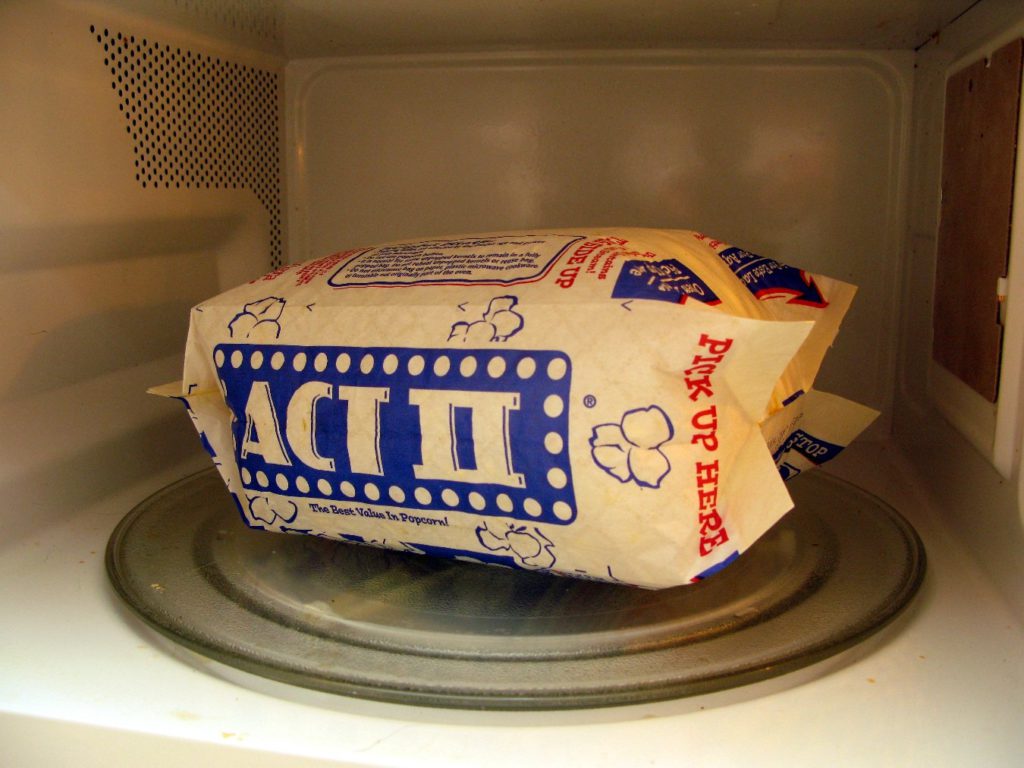
Instant gratification without the dishes—the real MVP of snacking evolution.
In 1986, Americans dropped $250 million on microwavable popcorn, proving that convenience can be a major selling point. Before this innovation, popcorn required a whole song and dance with pots and oil, which, let’s be honest, is way too much effort when you’re just trying to watch Real Housewives.
Remember back when you’d have to actually make popcorn? Now, just toss a bag in the microwave, hit a button, and BAM! Instant gratification without the dishes. As of 1984, thanks to this innovation, you could do all of that in the microwave. Orville Redenbacher may have taken the crown, but these bags are the real MVPs of snacking evolution.
13. Silicone baking mats
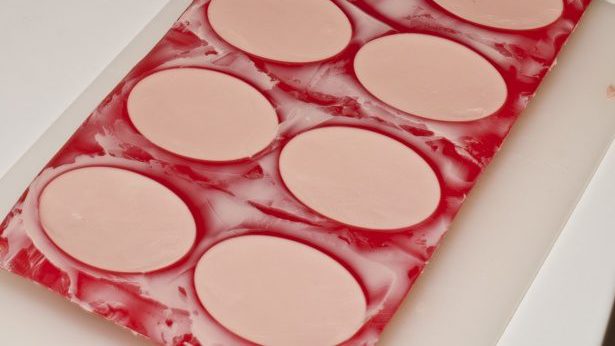
These mats laugh in the face of stuck-on messes.
French chemist Guy Demarle gets the credit for this kitchen upgrade, bringing silicone baking mats to France in 1982. These mats laugh in the face of stuck-on messes. Traditionalists might clutch their parchment paper, but let’s be real: who has time for fussy cutouts and praying your cookies don’t fuse to the pan?
You’re whipping up a batch of chocolate chips, and instead of greasing, flouring, and crossing your fingers, you slap down one of these bad boys. These mats are non-stick and can handle temps up to 500°, so your cookies slide off like they’re on a water slide. The best part? Cleanup is as easy as tossing them in the dishwasher.
12. Microwave steamer bags
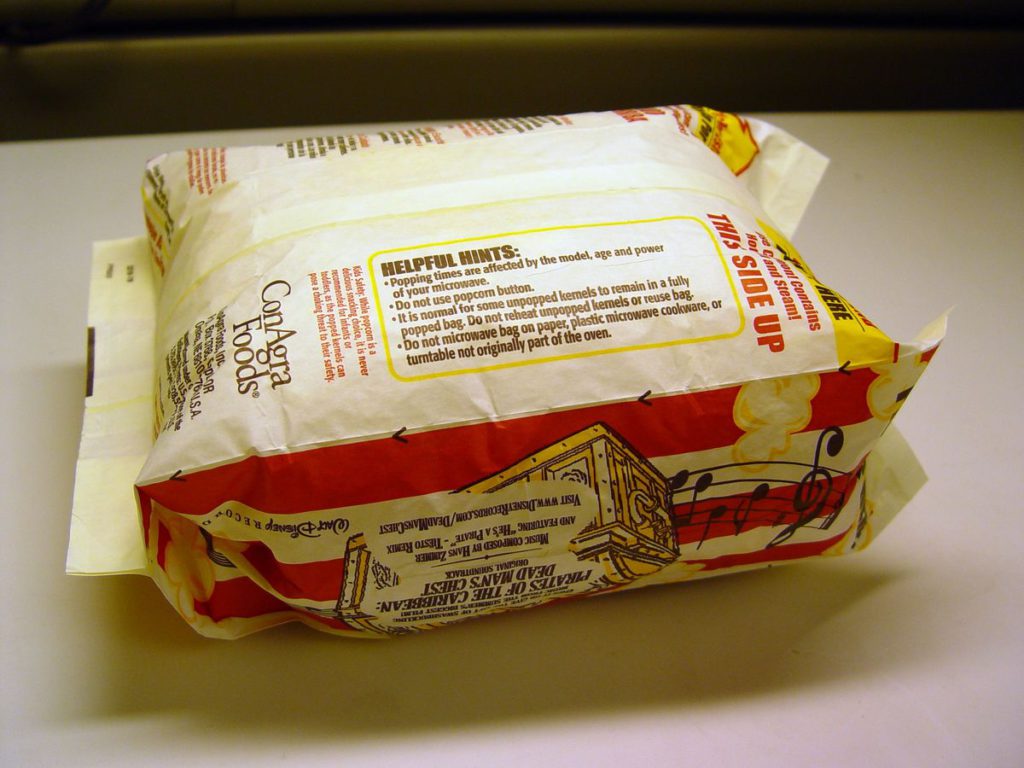
Dinner served in under five minutes—what’s your favorite quick-steam delight?
The microwave steamer bag, first patented in 2001 by John J. John’s, lets you steam your veggies right in the microwave. Remember those days when you had to futz with pots and boiling water just to get some broccoli al dente? Ziplock dove in and gave us the Zip and Steam bag, because even they knew people needed to steam food faster.
You’re starving, you grab a bag of Green Giant’s finest, toss it in the microwave, and BAM—dinner is served in under 5 minutes. VH even had a whole line of yummy meals called VH Steamers. It’s a kitchen innovation that makes healthy eating feel less like a chore and more like a victory dance.
11. Automatic dual-sided record players
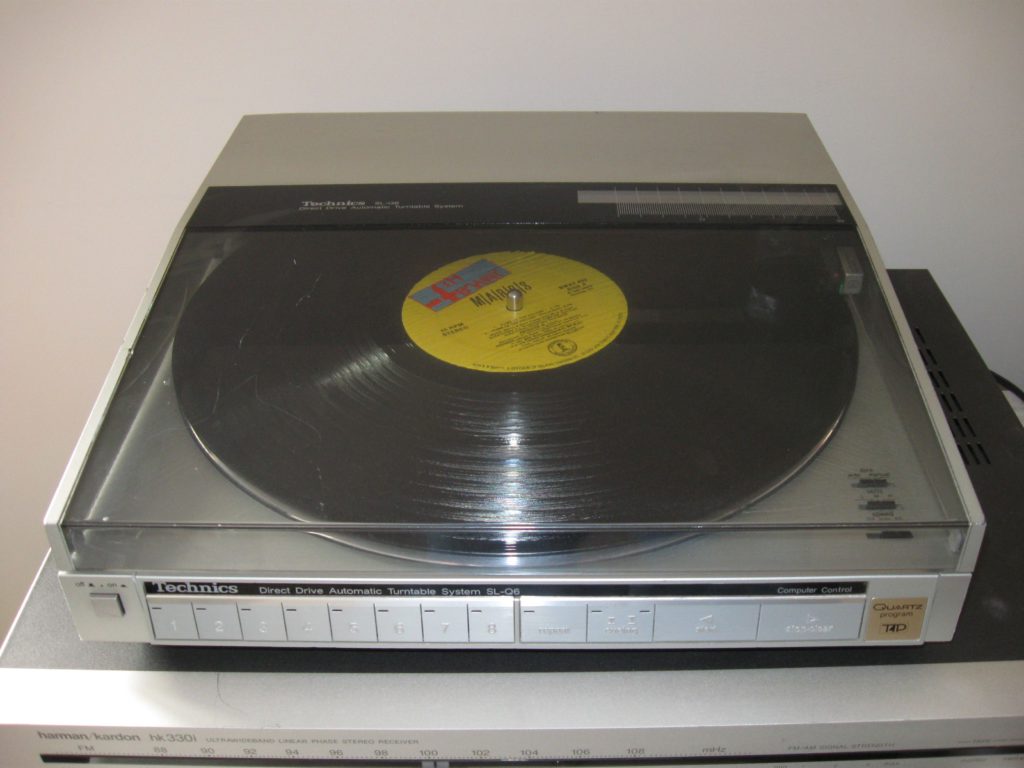
Continuous music without the need to get up, walk across the room, and flip the record.
Anyone who’s ever been perfectly comfortable, only to be betrayed by the end of a vinyl record, gets it. The automatic dual-sided record player was a godsend. Sharp Corporation stepped in with a solution in 1980: continuous music without the need to get up, walk across the room, and flip the record.
Back in 1908, dual-sided records were introduced, but it wasn’t until Sharp took a shot that you didn’t have to get up and flip the record like some chump. Now, as vinyl records continue their comeback tour—apparently, streaming just isn’t analog enough—you can still find some automatic dual-sided players. Nothing beats the feeling of spinning vinyl, except maybe not having to move from the couch to do it.
10. Cordless phones
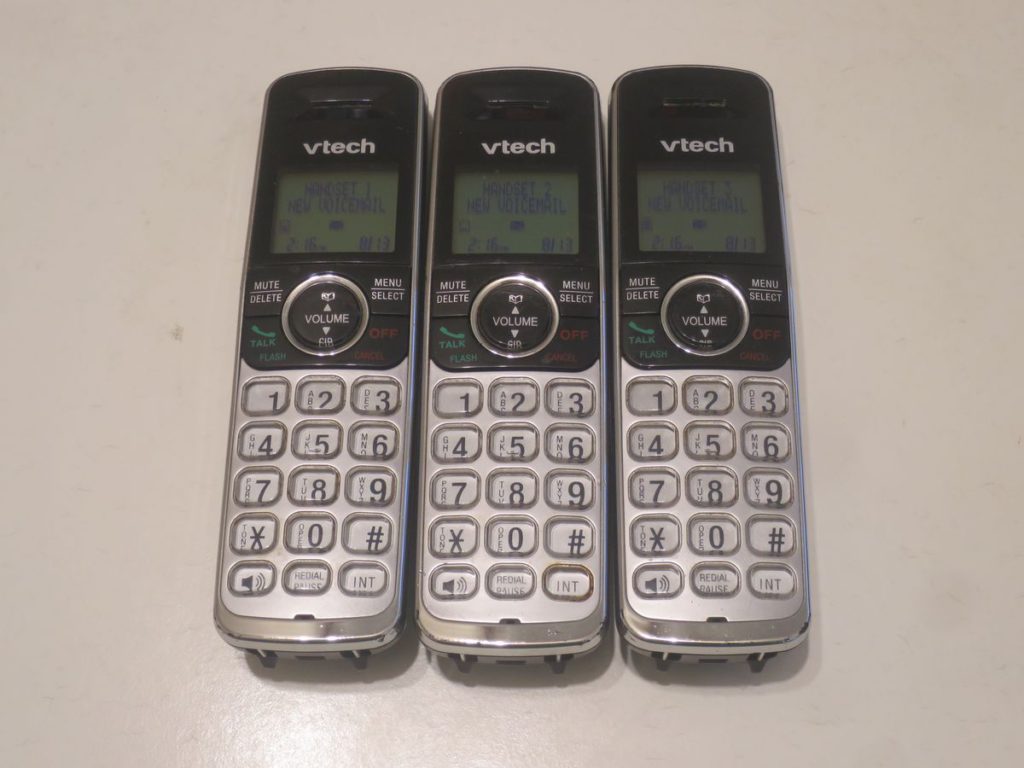
Freedom of movement was revolutionary—suddenly, you could stir spaghetti sauce while gossiping.
Cordless phones hit ’80s households, though invented in 1956. These devices allowed you to wander a whopping 20 feet from the base station while still chatting about the weather with Aunt Mildred. Before that, you were tethered to the wall like a hostage in a spy movie. Remember rushing to catch the call before the landline cord yanked you back?
The freedom of movement was revolutionary. Suddenly, you could stir the spaghetti sauce while gossiping or take the call into the garage to hide from your kids. Some even bragged about not having one, as if resisting convenience was a badge of honor. But let’s be honest, lugging that handset around was peak decadence.
9. Answering machines

Pure bliss for introverts—suddenly, you could screen calls without actually talking to anyone.
About 1 million answering machines were sold in 1984 after AT&T deregulation. Before that, these devices were about as common as seeing someone use a rotary phone at a Starbucks—possible, but mostly a thing of the past. Following the restructuring, the market opened up, and suddenly, you could screen calls without actually talking to anyone. Pure bliss for introverts.
Remember checking your answering machine? You’d hit “play” and pray it wasn’t your mom. Or worse, your boss. One standout was the Duo Phone, designed by Sava Jacobson and sold at RadioShack; tech innovation for the masses. Now, your phone does pretty much everything except fold your laundry, and the humble answering machine is just another digital ghost.
8. Home pregnancy tests
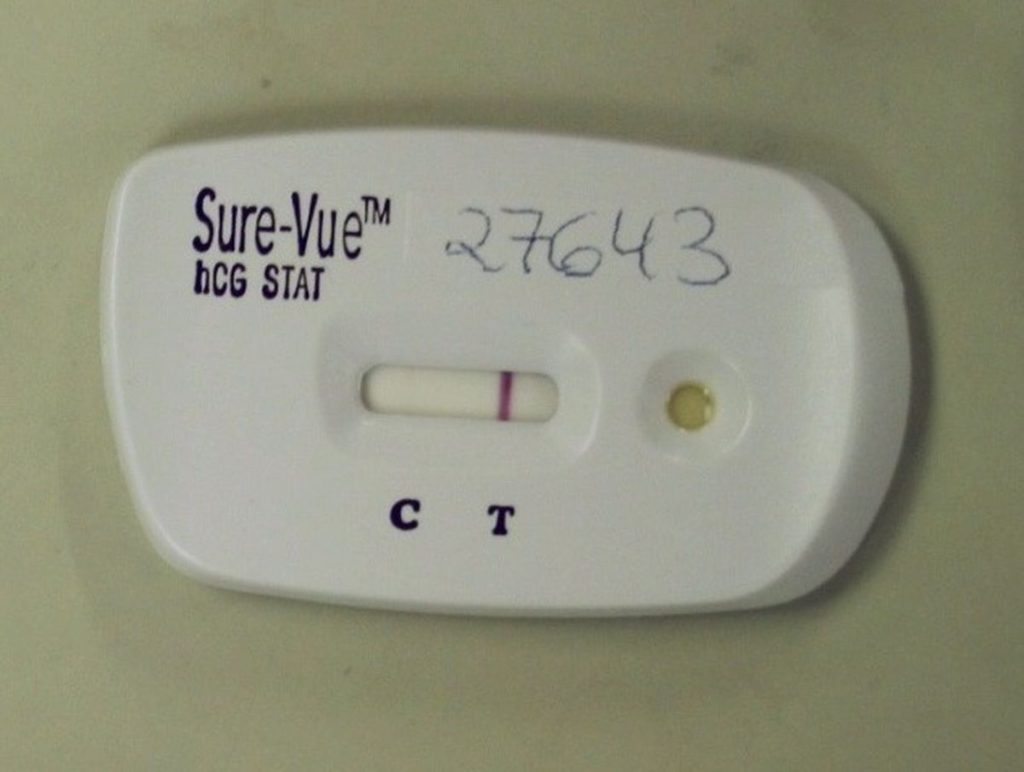
Margaret Crane flipped the script, handing power back to women and couples.
Ever wonder how women handled pregnancy scares before the late ’70s? Before 1977, access to home pregnancy tests wasn’t exactly a quick trip to CVS. Enter Margaret Crane, a freelance graphic designer with a mission. Crane developed the world’s first home pregnancy kit and patented what she called the Predictor. Like spies trading intel, couples finally had the freedom to test on their own time, in total privacy.
You’re at home, waiting for what feels like forever. Finally, you pee on a stick, and moments later, you know whether you’re about to trade in your stilettos for sensible shoes and midnight feedings. Crane’s invention flipped the script, handing power back to women and couples. Before, you had to visit a doctor or clinic and wait for results.
7. Disposable diapers
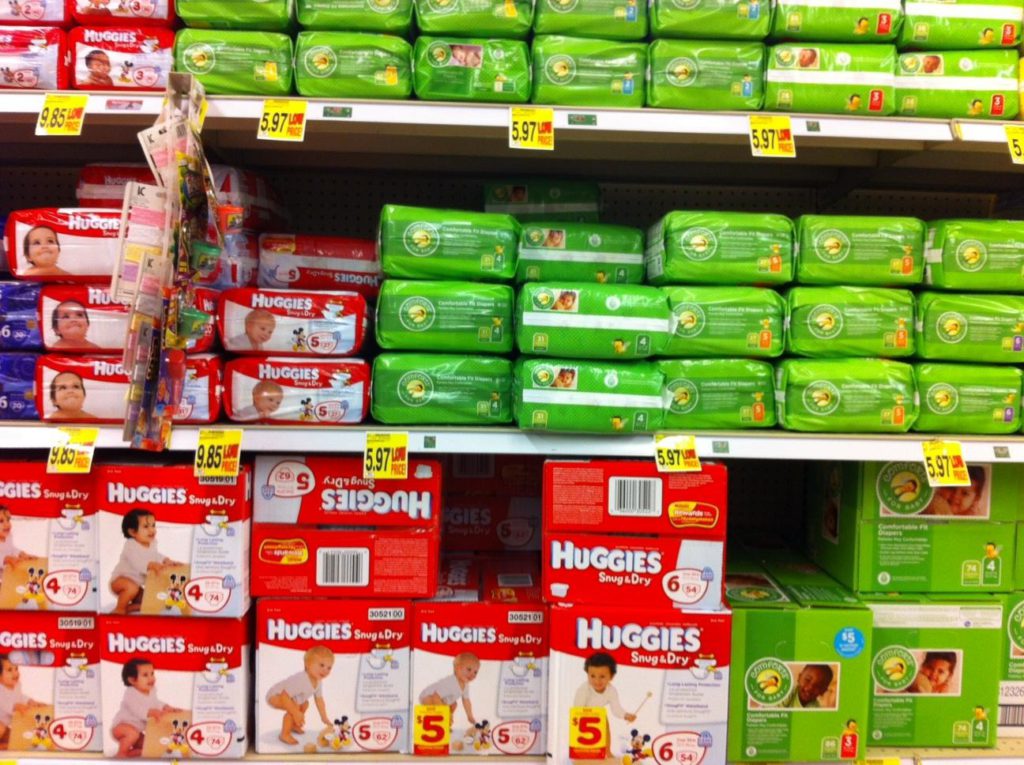
By the early ’80s, disposables finally delivered on the convenience they promised.
Before the ’70s, changing a baby meant a trip into the cloth diaper dimension. Those were dark days, indeed. Then, in the late ’60s, disposable diapers hit the market, promising a new era of parental ease. Early versions had issues with absorbency and materials—about as reliable as a Tinder bio.
Wrestling a squirming kid on the changing table, hoping the diaper holds? By the early ’80s, disposables got a massive overhaul, finally delivering on the convenience they promised. Seriously, who wouldn’t pay extra to avoid DIY diaper origami? Now, where will baby product evolution take us next?
6. Disposable razors
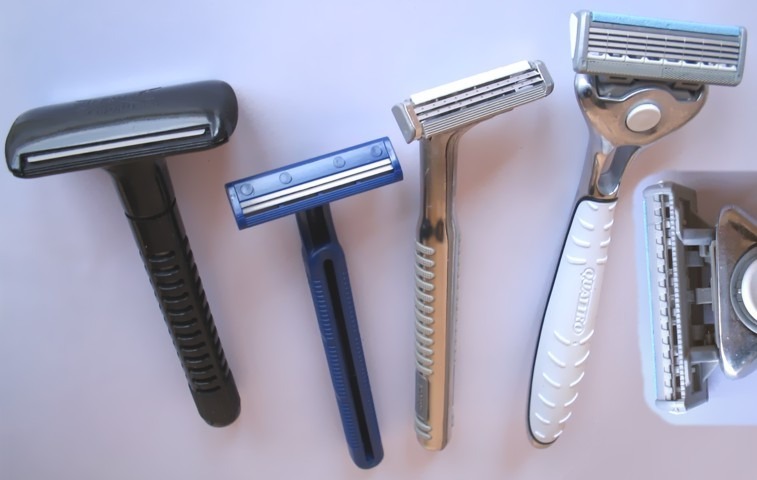
Bic averaged selling over 11 million disposable razors daily—that’s a lot of stubble.
Bic launched the one-piece disposable razor around 50 years ago, averaging over 11 million sales daily. The company sparked a whole new market, giving themselves an edge over competitors Gillette and Schick. Before that, shaving was a whole process involving badger-hair brushes and honing razors, less a morning chore and more like performing open-heart surgery on your face.
Disposable razors made shaving so easy, you could do it in a cramped shower stall while half-asleep. That’s a mind-boggling amount of stubble, and notably, gel shaving foam didn’t arrive until 1980, so the collective dry-shave rash must have been epic. Now, the market’s flooded with options, but Bic gets credit for changing the game forever.
5. Foam pump hand soap dispensers

Making hand washing easier and more efficient, all while using less water.
Nearly 25% of the global population doesn’t regularly wash their hands, which is less “ew” and more “public health crisis.” One of the best inventions came in 1999 by Deb, handing you the world’s first foaming soap, like a bartender delivering a perfectly mixed drink. No more standing at the sink scrubbing, waiting for your hands to lather up—this is efficiency, people!
You’re rushing to a Zoom meeting after handling a mystery sticky substance. With foam pump dispensers, washing hands is quicker than finding the mute button. They’ve become wildly popular because they make hand washing easier and more efficient, all while using less water. In the grand theater of hygiene, these dispensers are the unsung heroes.
4. Digital cameras

Steven Sasson’s 1975 prototype was the size of your average printer—forget sideline action, you’d need a forklift.
In 1975, Steven Sasson created the first digital camera for Kodak; 1998 marked mass-market digital camera adoption. This thing was the size of your average printer. Fast forward to 1998, the true coming of age for digital photography. Now, in 2025, there’s not a phone on the market that doesn’t have at least one camera lens.
It’s a wild thought, isn’t it? This transformation changed how you capture every moment in your life. From lugging printer-sized prototypes to having multiple lenses in your pocket, the evolution of digital photography proves that sometimes the most revolutionary changes start with the most ridiculous-looking prototypes.
3. Gaming consoles
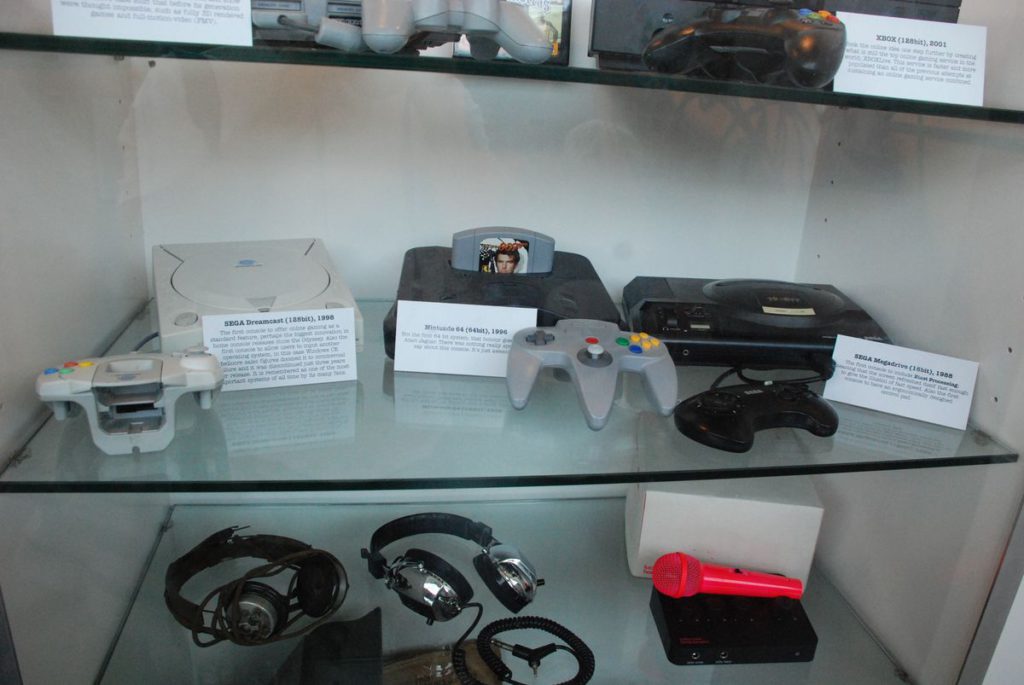
The Atari 2600 launched September 11, 1977, priced $189.95—a gateway to digital destiny.
The Atari 2600 launched September 11, 1977, priced $189.95. It wasn’t just a console; it was a gateway to a universe of cool controllers, the best graphics at the time, and endless games. Forget reality; your thumbs now danced with digital destiny.
You’re glued to a CRT screen, joystick in hand, battling pixelated aliens while your mom yells about dinner. Nintendo was here, but the graphics are so last decade and the golden age of home gaming is still in its infancy. The Atari proved that entertainment could be interactive, personal, and endlessly addictive.
2. Home computers
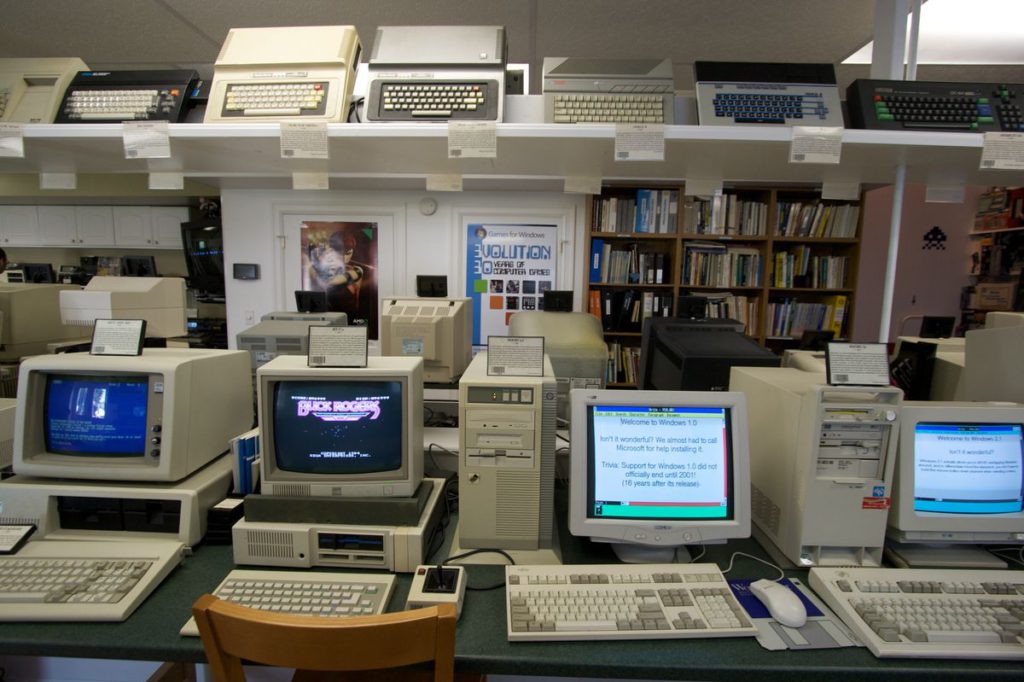
Apple, Radio Shack, and Commodore brought home computers to the masses in 1977; IBM followed in 1981.
Remember paging through encyclopedias for that school report? Back in 1975, you’d be hard-pressed to find a home computer, but by 1977, Apple, Radio Shack, and Commodore changed the game, even though the lowest-cost models were around $399. It wasn’t exactly impulse-buy territory, but it beat shucking out cash at the library.
They turned your kitchen table into a digital playground, with less static cling than your aunt’s macramé owl. Speaking of playground dominance, along came IBM in 1981 and said, “Hold my beer,” and took over the industry. So now we fast forward to today, where we’re all essentially cyborgs and scream at Alexa to turn off the lights.
1. Hip hugger laundry baskets

Hauling clothes should not feel like training for the World’s Strongest Woman competition.
Hip hugger laundry baskets introduced in 2004 by Rubbermaid designers brought a much-needed upgrade to the world of laundry. Brandy LS, Thomas Shreer, and Fred Reber, the geniuses who decided the average laundry basket needed a glow-up, asked themselves: why must we suffer lugging those unwieldy plastic bins? It’s like carrying a toddler—awkward, heavy, and you’re always worried something’s going to fall out.
So, what’s the solution? Add a curve to the flat design and make it cushier to truck laundry from one room to the next. Hauling clothes from the bedroom to the washer should not feel like you’re training for the World’s Strongest Woman competition. Next time you’re staring down a mountain of dirty clothes, give a hip hugger laundry basket a whirl—your back will thank you.








